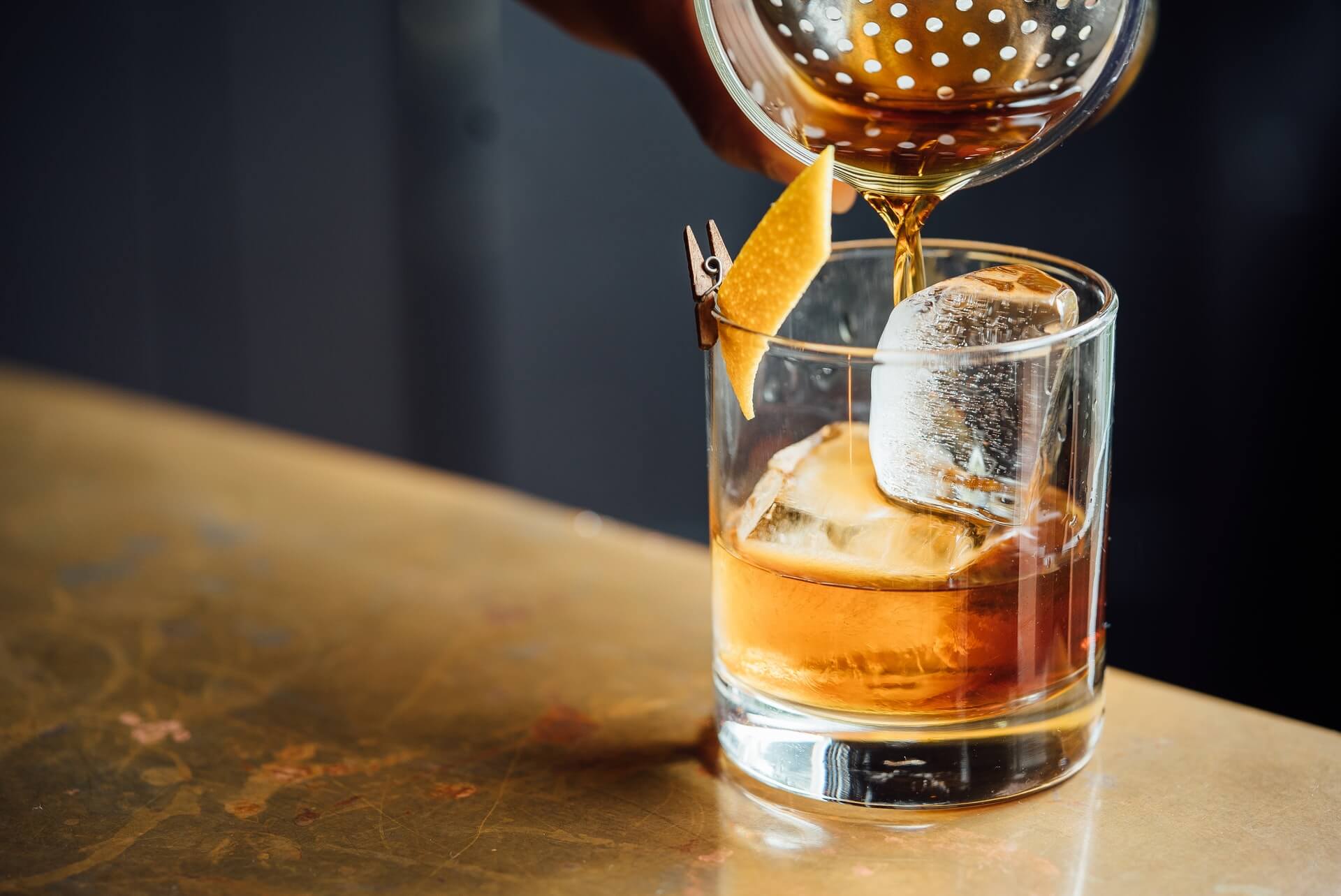Reverse Cocktails for Lower ABV Sips
by David Klemt

A simple and creative way to add low-proof drinks to a menu is to offer reverse cocktails.
As a concept, reverse cocktails are simple to understand. However, they’re also a great way to engage the bar team.
Better still, they offer guests looking to enjoy less-spirited drinks a real cocktail experience.
What’s a Reverse Cocktail?
Essentially, a reverse cocktail is exactly what it sounds like. Let’s use the classic Martini as an example.
Say your classic recipe calls for two ounces of gin, a half-ounce of sweet vermouth, and a dash of orange bitters. To build the Reverse Martini, half the gin, quadruple the sweet vermouth, and keep the bitters the same.
That’s a quick and dirty example. You and your bar team will want to play with your recipes—different vermouths and gins will deliver differing results.
Vermouths, amaros, and low-proof aperitifs are ideal for building reverse cocktails and expanding your cocktail program.
What’s the Point?
Reverse cocktails lower the ABV in comparison to their standard, boozier counterparts.
Michael Toscano, Woodford Reserve brand ambassador and Bar Hacks podcast guest, thinks many people are looking to slow down their alcohol intake. Home bartenders, if reports are accurate, have been pouring spirits generously during the pandemic. When they get out, they may be after lower-proof sips.
A reverse cocktail is a creative solution to enjoying cocktails in a new way with less alcohol.
Of course, they also offer operators a new guest experience. A menu section with the title “Reverse Cocktails” is likely to spark some guest interest and questions. Also, such drinks are a great way to refresh drink menus and move some inventory.
There’s also the fact that reverse cocktails give guests seeking low-ABV sips the full cocktail experience—there’s no risk of alienating them.
Image: Adam Jaime on Unsplash
